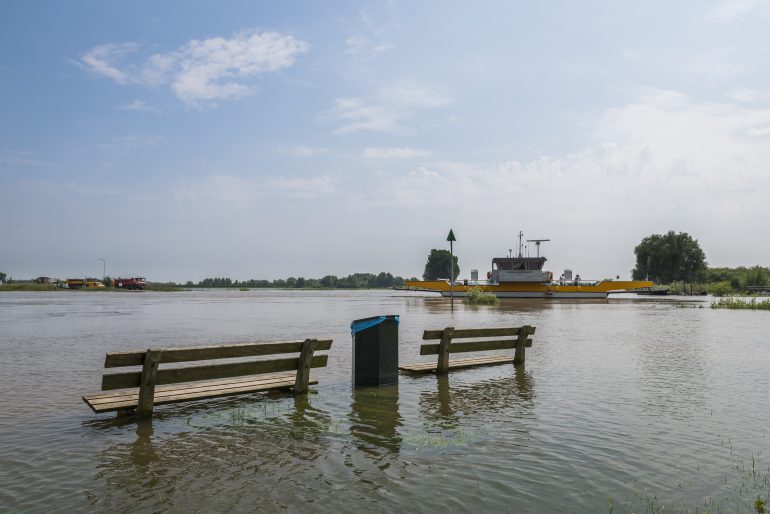The Netherlands and other parts of the world are experiencing severe weather patterns. According to a scientific report from Climate Central, global warming caused temperatures to rise from June to August for most of the global population. The report illustrated that 98% of the world’s population had been exposed to greater temperatures than ever before, after examining temperatures in 180 countries and 22 territories.
The severe heat waves that were caused by the Northern Hemisphere summer’s record-breaking temperatures spread throughout the world and sparked wildfires in Europe, Africa and North America. Notably, the extreme temperatures resulted in fires in parts of Spain and Italy. The Climate Central report explains that a Climate Shift Index (CSI) level 3 or higher was experienced by about 3.8 billion individuals, or 48% of the world’s population, for at least 30 days between June and August. A CSI level 3 suggests that the temperatures were at least three times more likely due to human-caused climate change. Between June and August 2023, at least 1.5 billion people experienced a very strong impact of climate change (CSI level 3 or above) every day. The effects of global warming have affected almost everyone on Earth, according to Climate Central’s head of science, Andrew Pershing.
Flooding and warmest days experienced
In the Netherlands, flooding resulting from severe thunderstorms occurred in Limburg in early September, leading to portions of the A2 and A76 being shut down. The aftermath of the storms resulted in the flooding of streets and cellars in Valkenburg and Maastricht, the immobilisation of vehicles in the fast-rising water, and the overflowing of toilets as a result of pressure on the sewers. The basement in Maastricht’s hospital also flooded, but the hospital was able to pump the water out, according to the fire department.
Vlissingen experienced its warmest September night ever on 9 September, with a high of 21.1 degrees. Weeronline reported that the minimum hight temperature at an official measuring location has never been this high. The previous high-temperature record for a September night is 20.9 degrees, recorded at Maastricht on 5 September 1949 and 14 September 2016 in Den Helder. Thus, Vlissingen experienced a tropical night, i.e. one where the temperature does not fall below 20 degrees. This is unusual to occur in September.
Other parts of the coastal regions experienced similar recent nights of warm weather. The seawater, which is always warmest near the end of summer, is the cause of this. On 10 September it was warm as well, but by early morning many spots had fallen below 20 degrees. The following night, it continued to be warm, around 16 degrees, but not tropical. This time of year, the average nighttime temperature is usually around 10 degrees.
Two other records were broken on 10 September, in addition to the hottest night ever recorded. The national heat record was also beaten during this seven-day heat wave. The early afternoon temperature readings from Eindhoven and Hoek van Holland weather stations reached 30.5 degrees. The previous record for 10 September was set in Maastricht in 1919, when the temperature reached 30.3 degrees. Other records for September were also broken: The national weather station at De Bilt, headquarters of the Dutch weather service KNMI, reached 29.3 degrees, making it the warmest 7 September since recording started in 1901. The previous high was 26.9 degrees, set in 1911. Additionally, the seaside resort of Hoek van Holland already recorded three consecutive days with a tropical climate, which has never happened in the month of September. In fact, thirteen official daily heat records have been set this year, for various days in the year, compared to just one cold record, KNMI announced.
Breaking temperature records
This year, there were three separate regional heat waves in the Netherlands. An official heat wave is recorded only when De Bilt weather station satisfies the requirements: five consecutive summer days (at least 25 degrees), of which at least three are tropical days (at least 30 degrees).
Written by Nicole Bea Kerr
